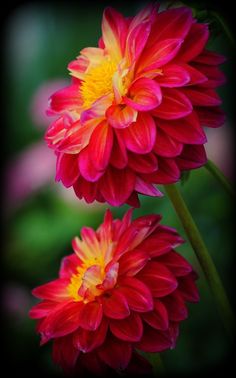 A reflection for Ash Wednesday from Fr. George Berendt, PIME
A reflection for Ash Wednesday from Fr. George Berendt, PIME
Every spring in our community house’s courtyard garden I plant a sunflower and zinnia flower garden. As the sun warms the eart, the seeds begin to sprout, and before I know it huge sunflowers and a kaleidoscope of colorful zinnias take over the naked plot of land.
In time, bees and butterflies are attracted to the gorgeous blooms to rob them of their sweet nectar and fly away. Inebriated on this garden delight, they secretly enjoy, in their hives and resting spots, what they robbed from me with their insect kith and kin.
With the passing of time the beautiful colors of the flowers fade, their leaves dry and wither, and become quite lifeless. As autumn takes over I gather the lifeless remains of these beauties and burn them to clean the patch they once occupied. As the flames consume them, all that remains is a small pile of grey ash. All the color, all the beauty, is now only a memory.
The story of my flowers reminds us what fire can do in a matter of moments: life, the passage of time, and even mere existence itself, ends, along with anything and everything that exists.
Every day I can gaze down from my third floor room and look down upon the other garden and the neighborhood around PIME’s mission house. From my window I see massive, solid, old oak trees – more than a century old – anchored to the ground. At their base and in their boughs squirrels scamper here and there, seeking their favorite food – acorns. At the same time, flocks of vibrant, colorful birds land on the branches to take rest while cottontail rabbits hop through the grass looking for food. Insects fly hither and there.
On the sidewalk around our park-like garden I spy neighbors walking their dogs and mowing their laws, kids at play and city workers doing their jobs. Life is all around and it is pulsating.
As I see all this color and life that exists around me, I am haunted by the thought that one day, by some disease, accident, illness or even violence, all I see now will be turned into dust; ashen, grey dust. Even our Mother Earth will have an end some billion years from now. Cosmic time and human time might be different but nevertheless all share the same history – a beginning and an end.
Today, Ash Wednesday, is the beginning of Lent; grey ashes will be blessed and smudged on our brows; ashes that were once the branches of a living, vibrant, green, tropical palm tree. As we are branded this Lent the words we will hear tell us that ‘we are ashes and to ashes we will return.’ Perhaps it isn’t a pleasant thought but the church thinks it is important to remind her kids, once a year at least, of the facts of life: one day all of us will be overthrown by time and be transformed into a handful of grey, powdery ash.
I would like to end our Ash Wednesday reflection with the words of Fr. Romano Guardini, a famous priest, who turned to ash in 1968. He wrote in “Richer Fare for the Christian People” this consideration:
Everything turns to ashes, everything whatever. This house I live in, these clothes I am wearing, my household stuff, my money, my fields, meadows, woods, the dog that follows me, the clock in the hall, the hand I am writing with, these eyes that read what I write, and the rest of my body, people I have loved, people I have hated, or been afraid of, whatever was great in my eyes upon earth, whatever small and contemptible, all without exceptions will fall back into dust.
Dust we might be but in the end we can never forget the words of Jesus on the cross when he turned to the Good Thief and promised him, and now us, “Amen I say to you, today you will be with me in Paradise.” (Luke 23: 43).